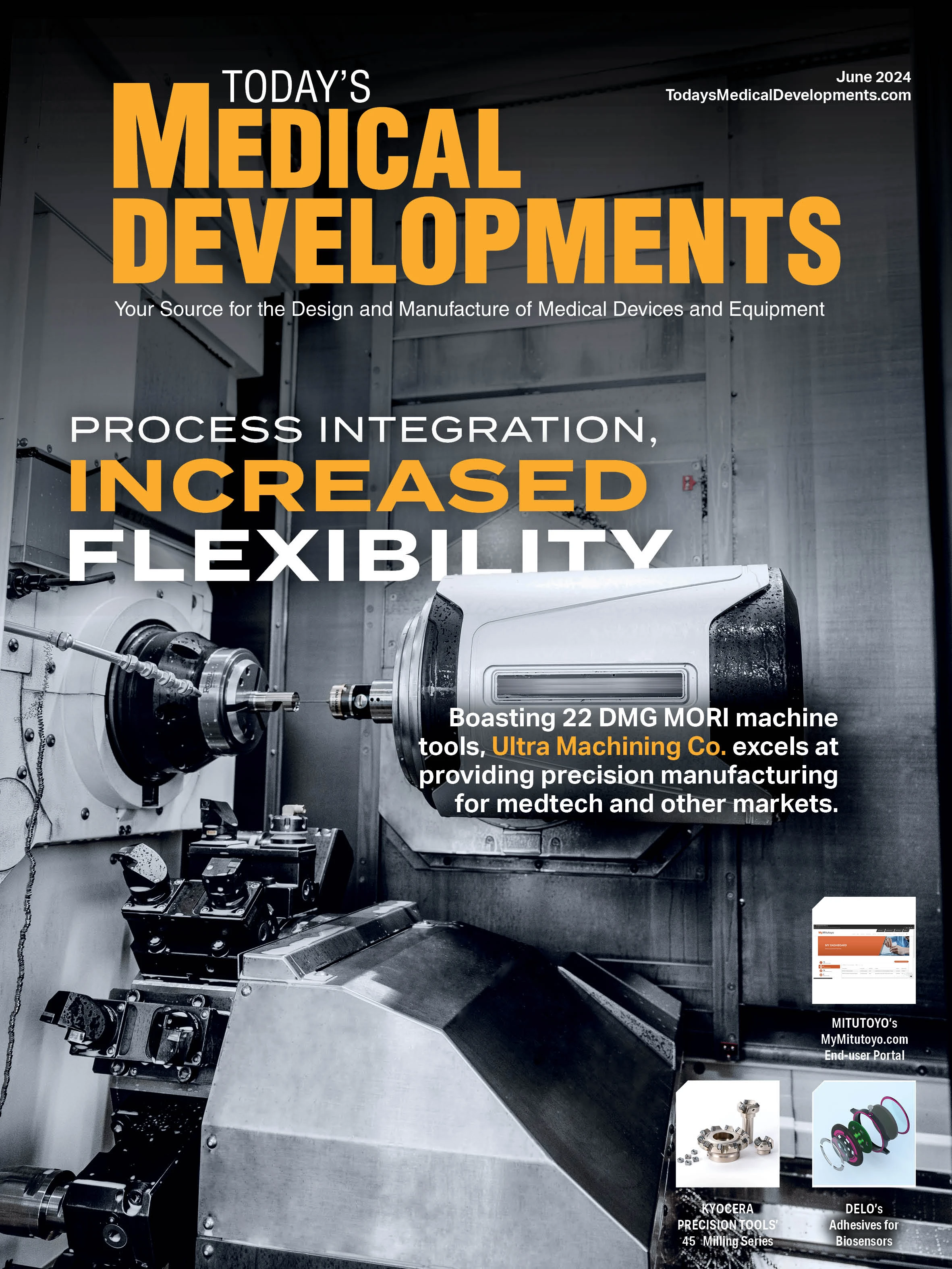

1. When I send my 17-4PH parts out for vacuum age hardening they are returned with discoloration. Isn’t the purpose of vacuum heat treating to eliminate that?
It’s not uncommon for 17-4PH and similar alloys (15-5PH, 13-8MO etc.) to exhibit some discoloration even after being processed in a vacuum furnace. 17-4PH is precipitation age hardened at a low temperature, between 900°F and 1,150°F, where even a relatively low residual of water vapor in the vacuum furnace may produce a slight chromium oxide during the cycle. This is commonly called heat tint. Discoloration may also be caused by inadequate cleaning.
2. I have some 17-4PH parts with heat tint and my customer won’t accept them as-is. What should I do?
Consider glass bead blasting if acceptable to your customer. If glass bead blasting isn’t acceptable, parts could potentially be solution treated and re-aged. The solution heat treatment temperature is 1,900°F. When vacuum is used, this temperature is in the range of chromium oxide reduction. It’s recommended to use a partial pressure with argon to prevent the vaporization of the copper existing in 17-4PH (not a concern at age hardening temperatures). A challenge is 17-4PH must be cooled below 90°F after solution treatment (Ms finish) and this generally isn’t possible to achieve without removing the parts from the furnace, reintroducing new water vapor between solution and age. There’s a risk of size change or distortion from this process, and it should be avoided if possible.
3. What’s the best way to reduce the risk of heat tint when vacuum age hardening 17-4PH?
The best way to avoid heat tint is to use an all-metal hot-zone vacuum furnace that’ll achieve a very low vacuum level, around 5x10-6 Torr. In this case, the residual water vapor level will be so low heat tint shouldn’t be observed.
4. I currently only have access to a graphite-insulated vacuum furnace, what can I do to avoid heat tint during age hardening?
If the vacuum furnace hot-zone is graphite-insulated (the most common type of vacuum furnace), parts may be shielded with stainless steel or titanium foil. This is generally effective; however, it increases the total processing time (and cost) since parts are shielded from the energy in the furnace. Foil isn’t inexpensive and further increases cost. Foil is also a safety hazard; the edges are sharp and one wrong move can cause deep cuts to skin.
5. Is gas purity, dewpoint, and leak rate of the vacuum furnace a consideration in avoiding heat tint?
Yes! Process gas should have no more than about 10ppm of residual oxygen and a dew point below about -80°F. If the gas isn’t clean and dry, everything else will have been in vain. This is usually monitored at the point furthest from the supply to detect any leaks in the overall system. The vacuum furnace should also have a very low leak rate, normally about 10µm per hour or less. At that rate, assuming the rise is linear (which it won’t be, it slows down as the Delta P decreases) it would take nearly nine years for the furnace to leak up to atmospheric pressure.
For more information:
https://solaratm.com

Get curated news on YOUR industry.
Enter your email to receive our newsletters.
Explore the June 2024 Issue
Check out more from this issue and find your next story to read.
Latest from Today's Medical Developments
- Collets – Not all are created equal
- ENGEL expands production capacities in the Americas; new plant opened in Mexico
- MFI brings fast, high-polishing additive parts finishing to Rapid + TCT 2025
- Teradyne Robotics debuted AI accelerator-powered solutions at NVIDIA GTC 2025
- Measurlabs opens a facility in California
- Sumitomo’s AC9115T & AC9125T – Turning grades for titanium
- #41 Lunch + Learn Podcast - SMW Autoblok
- Machine learning framework enhances precision, efficiency in metal 3D printing






